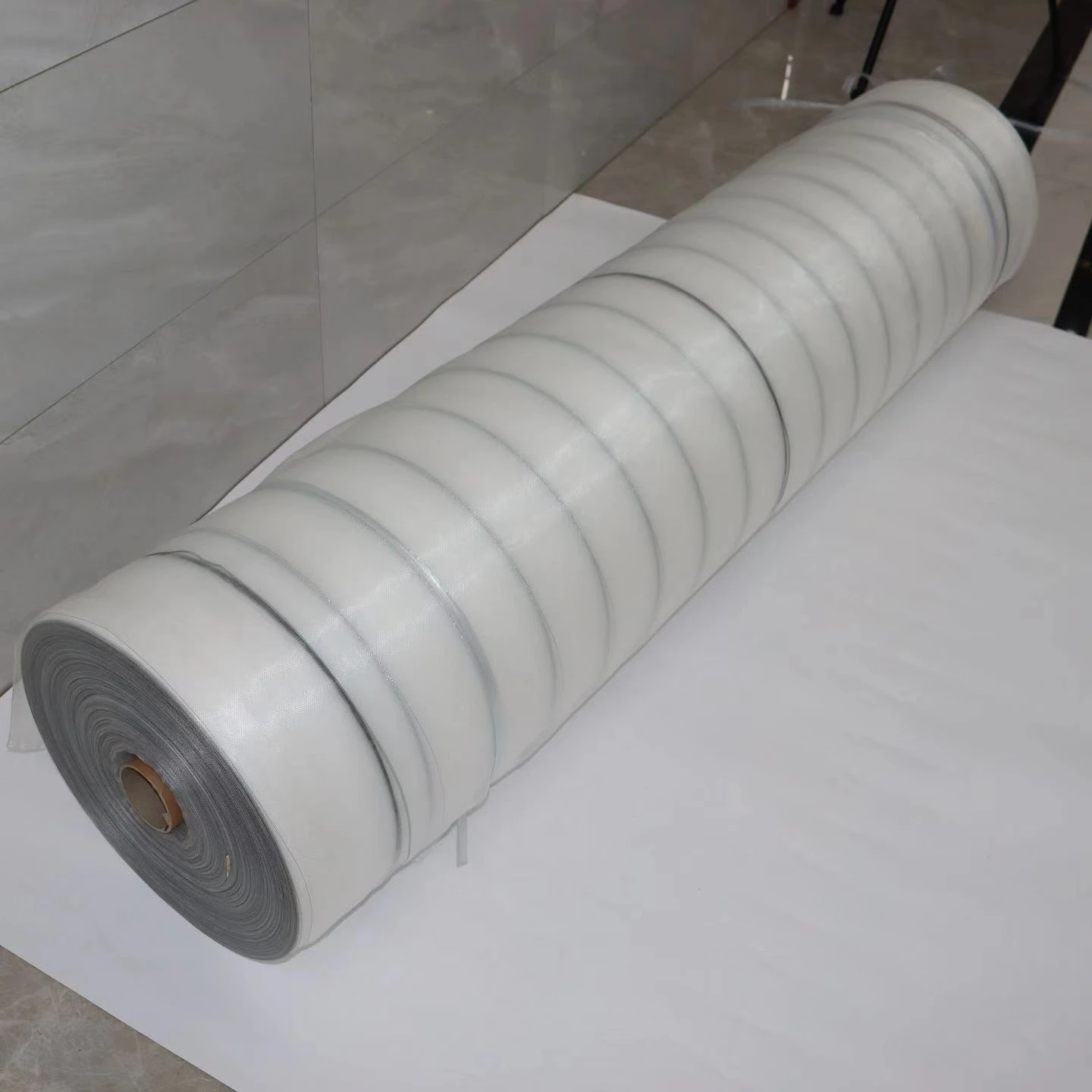-
 Afrikaans
Afrikaans -
 Albanian
Albanian -
 Amharic
Amharic -
 Arabic
Arabic -
 Armenian
Armenian -
 Azerbaijani
Azerbaijani -
 Basque
Basque -
 Belarusian
Belarusian -
 Bengali
Bengali -
 Bosnian
Bosnian -
 Bulgarian
Bulgarian -
 Catalan
Catalan -
 Cebuano
Cebuano -
 China
China -
 Corsican
Corsican -
 Croatian
Croatian -
 Czech
Czech -
 Danish
Danish -
 Dutch
Dutch -
 English
English -
 Esperanto
Esperanto -
 Estonian
Estonian -
 Finnish
Finnish -
 French
French -
 Frisian
Frisian -
 Galician
Galician -
 Georgian
Georgian -
 German
German -
 Greek
Greek -
 Gujarati
Gujarati -
 Haitian Creole
Haitian Creole -
 hausa
hausa -
 hawaiian
hawaiian -
 Hebrew
Hebrew -
 Hindi
Hindi -
 Miao
Miao -
 Hungarian
Hungarian -
 Icelandic
Icelandic -
 igbo
igbo -
 Indonesian
Indonesian -
 irish
irish -
 Italian
Italian -
 Japanese
Japanese -
 Javanese
Javanese -
 Kannada
Kannada -
 kazakh
kazakh -
 Khmer
Khmer -
 Rwandese
Rwandese -
 Korean
Korean -
 Kurdish
Kurdish -
 Kyrgyz
Kyrgyz -
 Lao
Lao -
 Latin
Latin -
 Latvian
Latvian -
 Lithuanian
Lithuanian -
 Luxembourgish
Luxembourgish -
 Macedonian
Macedonian -
 Malgashi
Malgashi -
 Malay
Malay -
 Malayalam
Malayalam -
 Maltese
Maltese -
 Maori
Maori -
 Marathi
Marathi -
 Mongolian
Mongolian -
 Myanmar
Myanmar -
 Nepali
Nepali -
 Norwegian
Norwegian -
 Norwegian
Norwegian -
 Occitan
Occitan -
 Pashto
Pashto -
 Persian
Persian -
 Polish
Polish -
 Portuguese
Portuguese -
 Punjabi
Punjabi -
 Romanian
Romanian -
 Russian
Russian -
 Samoan
Samoan -
 Scottish Gaelic
Scottish Gaelic -
 Serbian
Serbian -
 Sesotho
Sesotho -
 Shona
Shona -
 Sindhi
Sindhi -
 Sinhala
Sinhala -
 Slovak
Slovak -
 Slovenian
Slovenian -
 Somali
Somali -
 Spanish
Spanish -
 Sundanese
Sundanese -
 Swahili
Swahili -
 Swedish
Swedish -
 Tagalog
Tagalog -
 Tajik
Tajik -
 Tamil
Tamil -
 Tatar
Tatar -
 Telugu
Telugu -
 Thai
Thai -
 Turkish
Turkish -
 Turkmen
Turkmen -
 Ukrainian
Ukrainian -
 Urdu
Urdu -
 Uighur
Uighur -
 Uzbek
Uzbek -
 Vietnamese
Vietnamese -
 Welsh
Welsh -
 Bantu
Bantu -
 Yiddish
Yiddish -
 Yoruba
Yoruba -
 Zulu
Zulu
rubble netting
The Importance of Rubble Netting in Modern Construction
In the realm of construction and engineering, the effective management of materials and environmental factors is essential for both safety and sustainability. One such innovative solution that has gained recognition in recent years is rubble netting. This method involves using a mesh-like netting system to stabilize and contain loose rubble or debris in various construction scenarios. As urban areas continue to expand and infrastructure development accelerates, rubble netting presents a viable option for enhancing site safety and promoting responsible land use.
What is Rubble Netting?
Rubble netting consists of durable, flexible meshes typically made from materials like polyethylene or polypropylene. These nets are designed to hold fragmented rocks, stones, and debris in place, preventing them from obstructing work areas or posing hazards to personnel. Rubble netting is particularly useful in areas prone to landslides or rockfalls, where loose materials could be dangerous if left unattended. By encapsulating these materials, rubble netting acts as a barrier that mitigates the risks associated with falling debris.
Applications in Construction
Rubble netting can be implemented in a variety of construction projects. For instance, it is frequently used in the stabilization of steep slopes and embankments, where loose soil and rocks are likely to slide during construction activities or extreme weather events. The netting can be anchored securely to the ground, ensuring it holds rocks and debris in place, thereby reducing the likelihood of accidents and project delays.
In addition to slope stabilization, rubble netting can be employed during excavation and demolition projects. When structures are taken down, debris can often become scattered and hazardous. By covering these areas with rubble netting, construction teams can contain debris, facilitating safer cleanup and minimizing the environmental impact. Moreover, the use of netting can enhance visibility on construction sites, keeping the working environment organized.
Environmental Benefits
rubble netting

Beyond enhancing safety, rubble netting contributes to several environmental advantages. It helps reduce soil erosion by maintaining the integrity of slopes and preventing loose materials from being swept away by rainfall or wind. This is particularly important in preserving local vegetation and wildlife habitats. Furthermore, by containing debris, rubble netting minimizes the risk of contamination from construction materials, ensuring that pollutants do not leach into nearby ecosystems.
Another notable environmental aspect of rubble netting is its contribution to sustainable construction practices. By effectively managing debris, you minimize waste and promote the reuse of materials. This aligns with the growing industry trend toward reducing construction waste and promoting circular economy principles.
Challenges and Considerations
Despite its numerous benefits, there are some challenges associated with rubble netting. Proper installation and maintenance are crucial to ensure the netting performs effectively. If improperly installed, rubble netting can fail, leading to safety hazards. Additionally, site conditions such as the type of soil, vegetation, and weather must be taken into account when designing a rubble netting system.
As with any construction method, training and awareness are necessary to maximize the effectiveness of rubble netting. Workers must be educated on how to identify areas in need of stabilization and how to install and maintain the netting properly.
Conclusion
In summary, rubble netting presents a significant advancement in construction safety and environmental management. Its ability to stabilize loose materials, reduce risks, and promote sustainability makes it an invaluable tool in modern engineering practices. As urban development continues to accelerate, embracing innovative solutions like rubble netting will be essential for creating safer, more sustainable work environments. By integrating these methods into standard construction protocols, we can ensure the protection of both workers and the natural world around us.
-
Shipping Plastic Bags for Every NeedNewsJul.24,2025
-
Safety Netting: Your Shield in ConstructionNewsJul.24,2025
-
Plastic Mesh Netting for Everyday UseNewsJul.24,2025
-
Nylon Netting for Every UseNewsJul.24,2025
-
Mesh Breeder Box for Fish TanksNewsJul.24,2025
-
Expanded Steel Mesh Offers Durable VersatilityNewsJul.24,2025











